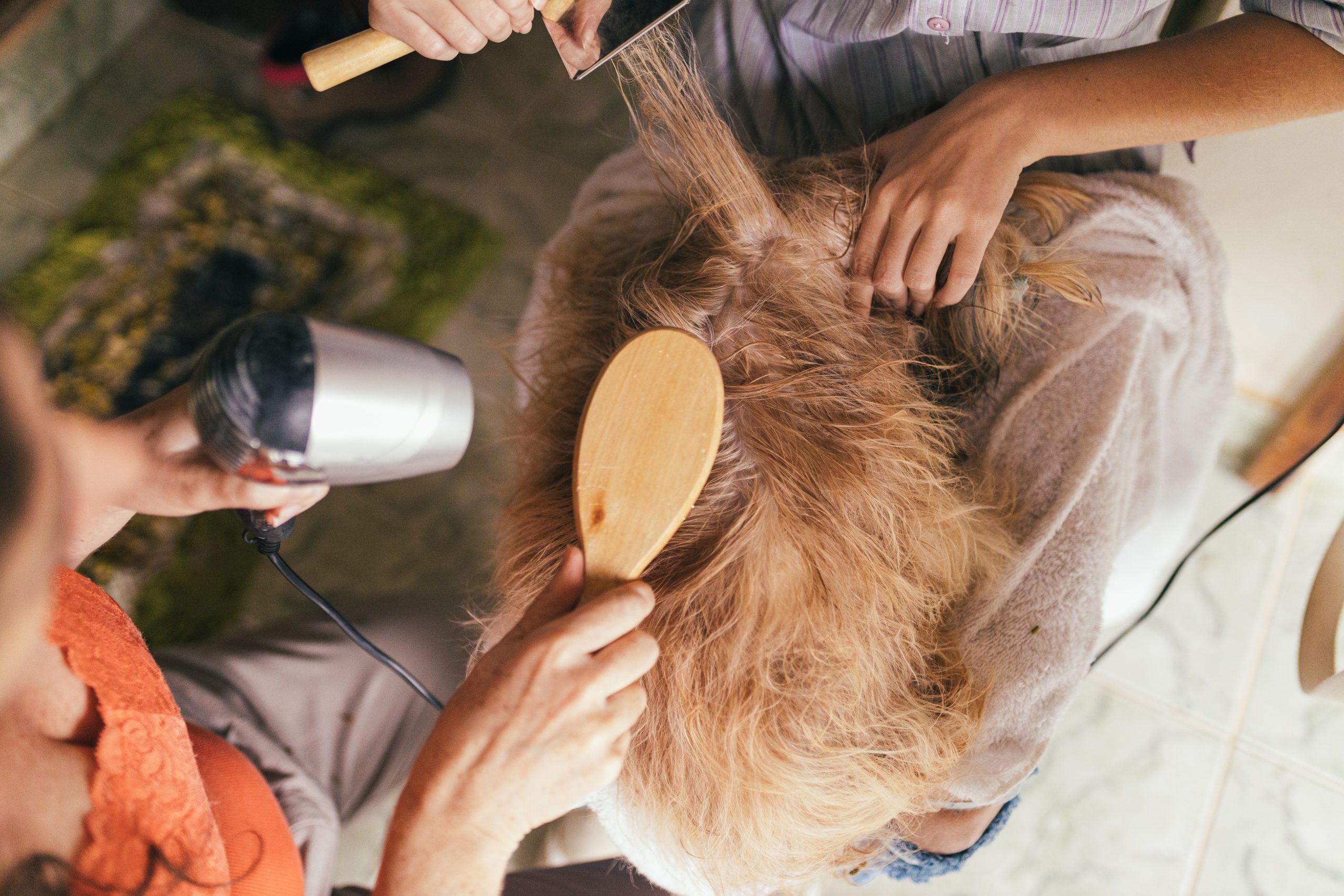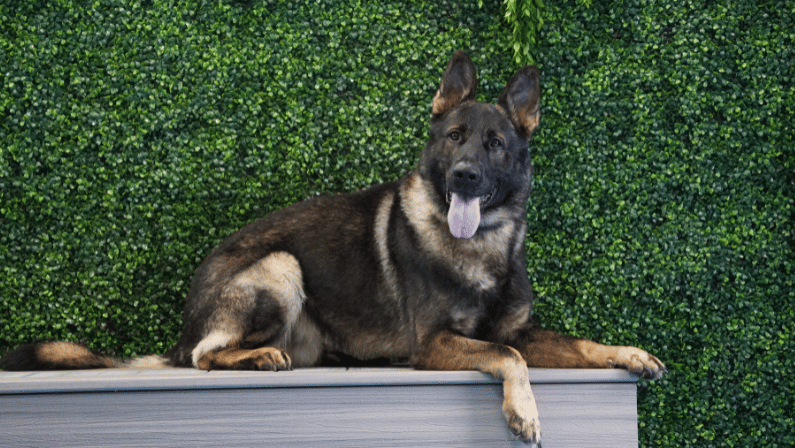For pet owners, keeping your furry friend’s coat tangle-free can be a challenging task. Tangled fur can lead to discomfort, skin irritation, and even infection if not properly addressed. This guide explores effective techniques and tools to maintain your pet’s grooming health and keep their fur detangled and shiny.
Basic Grooming Techniques
Grooming your pet regularly is a crucial part of maintaining a tangle-free coat. Establishing a routine will help prevent matting and make the detangling process much easier. Here are some basic grooming techniques:
- Brushing: Start at the head and work your way down, removing loose hair and checking for tangles.
- Bathing: Use lukewarm water and a gentle pet shampoo to clean your pet’s fur. Rinse thoroughly and towel dry.
- Trimming: Regularly trim your pet’s fur, especially longer-haired pets, to reduce the likelihood of tangles.
Understanding Your Pet’s Fur
Before diving into detangling, it’s essential to understand your pet’s specific fur type. This will help you choose the best grooming tools and techniques for their coat. Short and smooth fur requires minimal grooming as tangles are less likely to occur, while short and wiry coats are prone to occasional tangling and require weekly grooming to keep them tangle-free. Medium to long (straight or wavy) fur requires more frequent grooming to prevent tangles and matting. Fur that is curly or corded is highly susceptible to tangles, requiring frequent grooming and specialized tools.
External Factors Affecting Your Pet’s Coat
Environmental factors like fleas can have a significant impact on your pet’s fur health, leading to scratching and potential tangles. Periodically, check your pet’s coat for signs of fleas and treat them as necessary to prevent these pests from causing further harm. Apart from regular flea treatments, consider using home remedies for fleas on dogs to help manage and eliminate these pesky parasites safely and naturally.
Detangling Tips
When faced with a tangled or matted coat, it may seem overwhelming at first. Here are some tips to make detangling more manageable:
- Work in sections: Divide your pet’s fur into smaller areas and work through each section one at a time.
- Start with your fingers: Gently pulling apart tangles and mats with your fingers can help loosen knots before brushing.
- Hold the base of the fur: To reduce discomfort, hold the fur at the base near the skin while detangling.
- Patience is key: Remember to stay patient and keep your pet calm during the process.
Choosing the Right Tools
Using the appropriate grooming tools for your pet’s fur type can make detangling much more manageable. Slicker Brushes are ideal for removing loose hair, particularly from medium to long-haired pets. Pin brushes are suitable for pets with curly or wavy fur, as they help to remove tangles without causing damage. Rake combs are effective for getting through thick undercoats and reaching deep tangles, and mat splitters are designed to carefully cut through matted fur without hurting your pet.
Grooming for Specific Breeds
Each breed exhibits unique characteristics that can impact the grooming regimen you need to follow. Some breeds have specific grooming needs due to the texture of their coat or their tendency to develop tangles and mats. Research your pet’s breed characteristics and consult with a professional groomer if necessary to develop a customized grooming plan that caters to their needs.
Maintaining a Tangle-Free Coat
Prevention is always better than cure. To reduce the frequency of tangles and the need for extensive detangling sessions, consider the following:
- Regular grooming: Stick to a consistent grooming schedule based on your pet’s fur type.
- Proper nutrition: A healthy diet can contribute to a healthy coat, reducing shedding and tangles.
- Keep them active: Regular exercise promotes overall health and can lead to better coat quality.
- Occasional trims: Regular fur trimming, especially for longer-haired pets, can help minimize tangles.
Taking Care of Your Grooming Tools
Maintaining your grooming tools is just as important as choosing the right ones. Keep your brushes, combs, and other accessories clean and in good condition to ensure they continue to work effectively. Regularly clean and disinfect your tools to prevent the spread of bacteria and parasites. This will not only prolong the life of your grooming tools but also protect your pet’s overall health.
Dealing with Seasonal Changes
Pets may experience changes in their coat’s condition during different seasons. This can lead to an increased chance of tangles, particularly during heavy shedding periods. By monitoring and addressing these changes, you can help maintain your pet’s coat health throughout the year. For instance, you may need to adjust grooming frequency, use additional grooming tools, or modify your pet’s diet with supplements to enhance their coat quality.
Conclusion
Keeping your pet’s fur tangle-free is an essential part of maintaining their overall grooming health. Understanding your pet’s fur type, using appropriate tools, and establishing a routine grooming schedule can greatly contribute to a healthy, shiny coat. Be patient with the detangling process and prioritize prevention to ensure your furry friend stays comfortable and happy.












